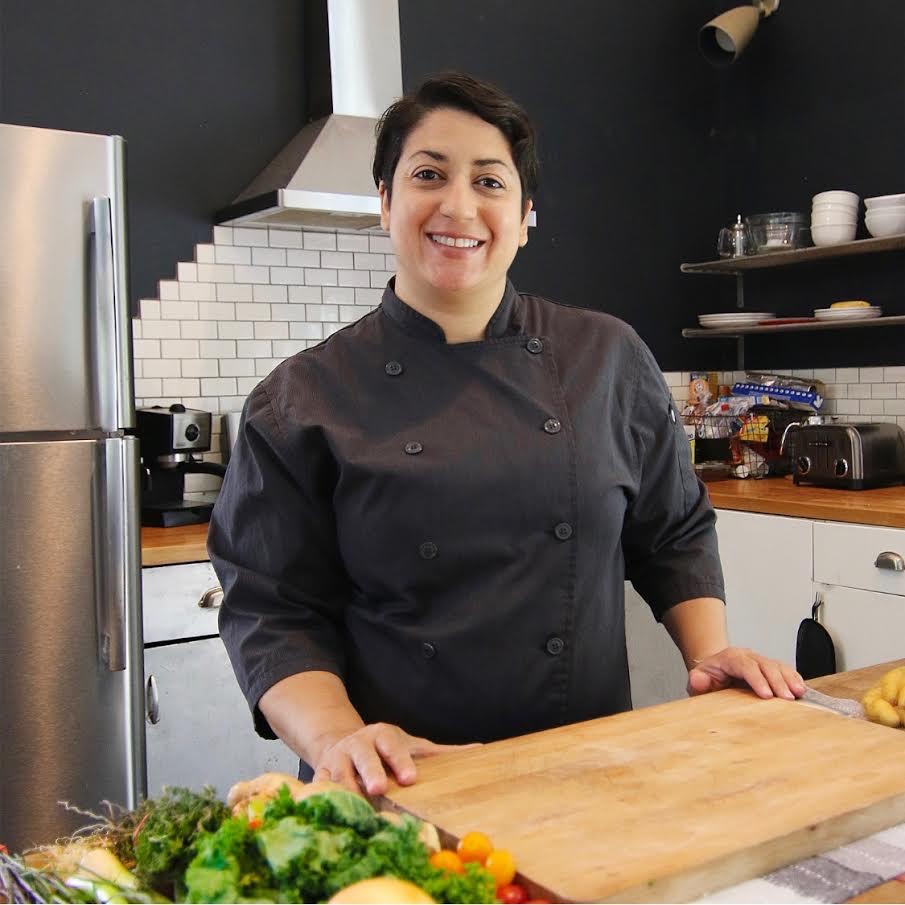March is National Nutrition Month
- Mercedes Vargas

- Mar 6, 2023
- 2 min read
The theme for this year is Fuel the Future which is a topic I love discussing and enjoy making some choices to help with being a bit more sustainable. I enjoy buying local and artisanal makers, upcycling, buying thrift and making some sustainable choices in the kitchen. Especially eating seasonal and minimum waste.
There are many sustainable foods that can be added to meals to help promote environmental sustainability. Here are five examples:
Legumes: Beans, lentils, chickpeas and other legumes are a great source of protein and fiber, and are generally considered to be more sustainable than meat. They require less water and land to produce and can be grown in a variety of climates. I love adding chickpeas to salads and using the liquid- aquafaba as an egg substitute. For Valentine's made Pavlova with aquafaba.
Leafy Greens: Leafy greens like kale, spinach, and Swiss chard are nutrient-dense and can be grown in a small space, such as a balcony garden. They are also often available locally, reducing transportation emissions. I love growing the microgreen versions on my table with kits like Hamama.
Root Vegetables: Root vegetables like carrots, beets, and potatoes are generally considered more sustainable than other vegetables because they require less water to grow and are less prone to pests. I love using a variety of color in root vegetables, carrots usually can be in a range of colors and well as potatoes and beets.
Whole Grains: Whole grains like quinoa, brown rice, and barley are a great source of fiber and protein. They can be grown in a variety of climates and are often available locally. Love making buddha bowls with quinoa but also using it breakfast options.
Sustainable Seafood: Choosing sustainable seafood options like wild-caught salmon, Pacific halibut, or farmed mussels can help reduce the impact of overfishing and protect ocean ecosystems. Look for labels like the Marine Stewardship Council (MSC) or Aquaculture Stewardship Council (ASC) to ensure your seafood is sustainably sourced. When shopping for clients, I try to buy and encourage them to buy fresh enjoying the same day or frozen from a sustainable source.
What sustainable foods do you add to your plate?






Comments